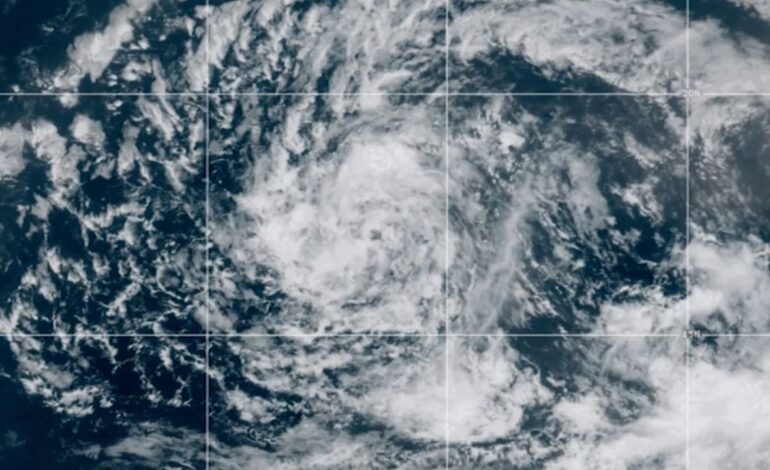Satellites Monitor Tropical Storm Erin’s Rapid Intensification

Satellites are closely monitoring Tropical Storm Erin as it develops over the Atlantic Ocean, with expectations that it may soon intensify into the first hurricane of the 2025 Atlantic hurricane season. The storm originated from a tropical wave that emerged off the coast of Africa on August 11, 2025, and has demonstrated increasing organization and thunderstorm activity, according to images from the National Oceanic and Atmospheric Administration (NOAA).
Currently positioned in the eastern Atlantic, Tropical Storm Erin is advancing westward at approximately 20 mph (32 km/h). Satellite data from NOAA’s GOES-19 satellite show colder cloud tops and deep convection forming near the storm’s center, which are indicative of a strengthening weather system fueled by the warm ocean waters.
Potential Hurricane Development
Forecasts suggest that Tropical Storm Erin could reach hurricane strength by late Thursday or early Friday, with maximum sustained winds currently recorded at 45 mph (75 km/h). Satellite animations reveal a more symmetric structure and tightening circulation, early signs that an eye may form as the storm evolves into a hurricane.
Models predict that Erin will move west-northwest before curving away from the United States, indicating a low likelihood of landfall. Despite this, the storm could still impact parts of the U.S. East Coast with heavy rain and strong winds as it continues its northward trajectory. Forecasters caution that swells generated by Erin may lead to hazardous surf and rip currents along coastal regions.
Above-Normal Hurricane Season Expected
The development of Tropical Storm Erin aligns with NOAA’s predictions for an above-normal 2025 Atlantic hurricane season. As of early August, forecasters anticipate between 13 and 18 named storms, 5 to 9 hurricanes, and 2 to 5 major hurricanes, consistent with pre-season models.
Satellites will provide continuous real-time data on Erin’s progression, enhancing tracking and intensity forecasts. This technology will be crucial not only for monitoring this particular storm but also for others expected in what could be a highly active hurricane season.
For the most current updates on Tropical Storm Erin and its potential impacts, individuals are encouraged to consult resources from the U.S. National Hurricane Center.






